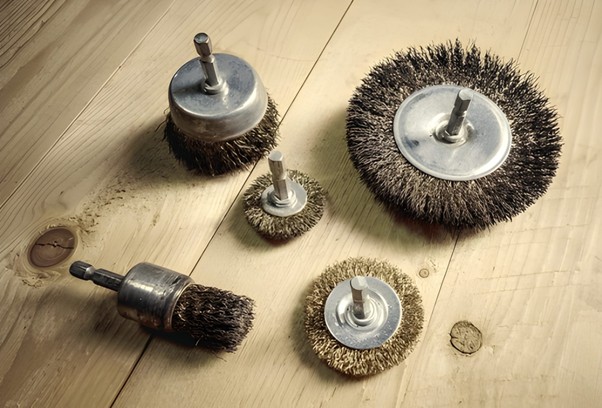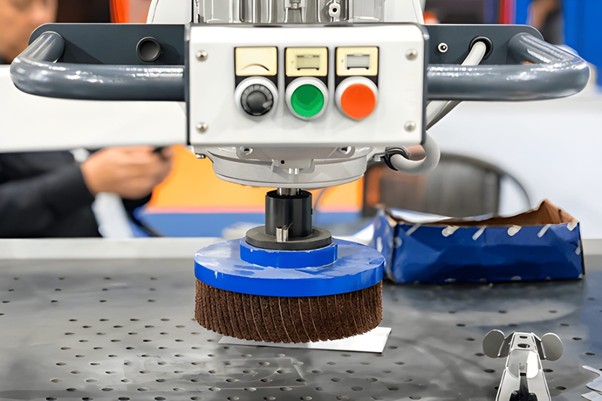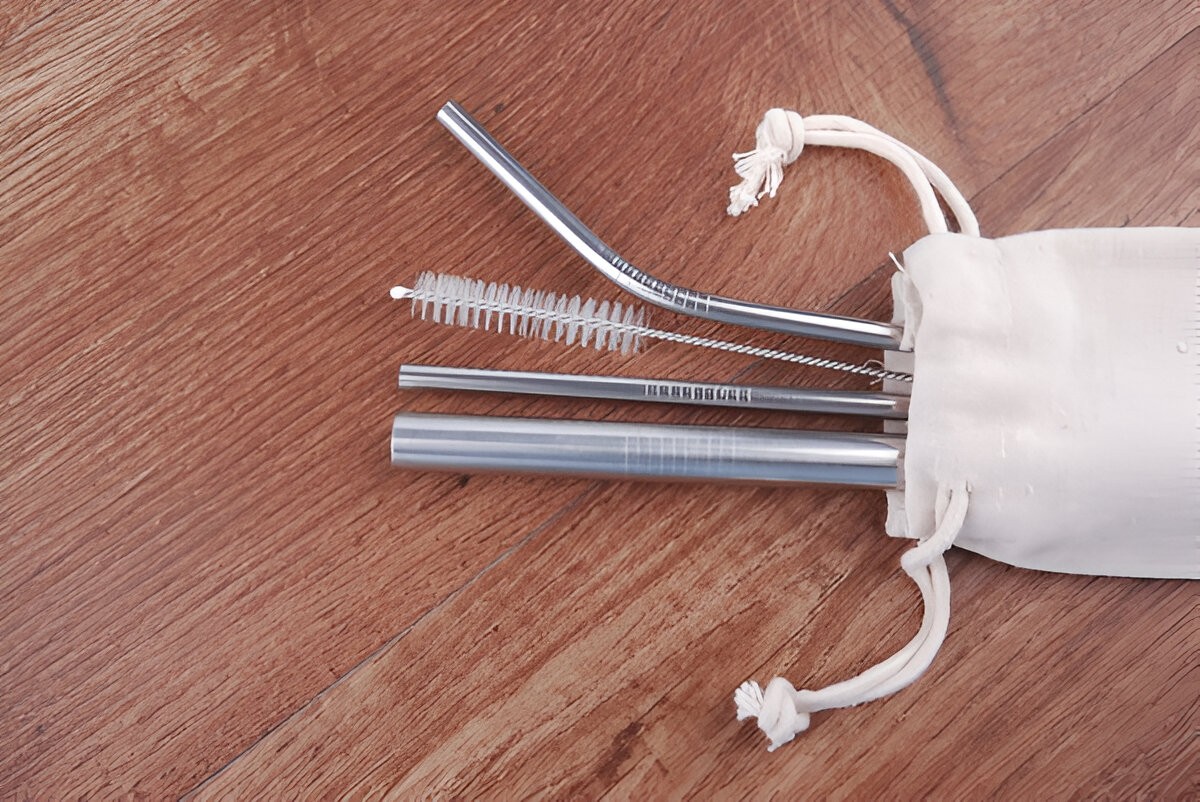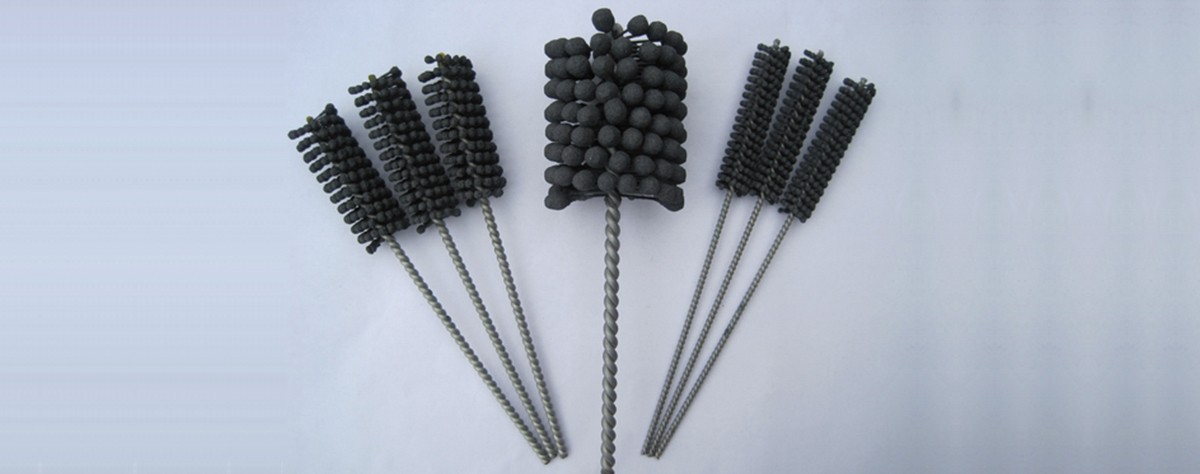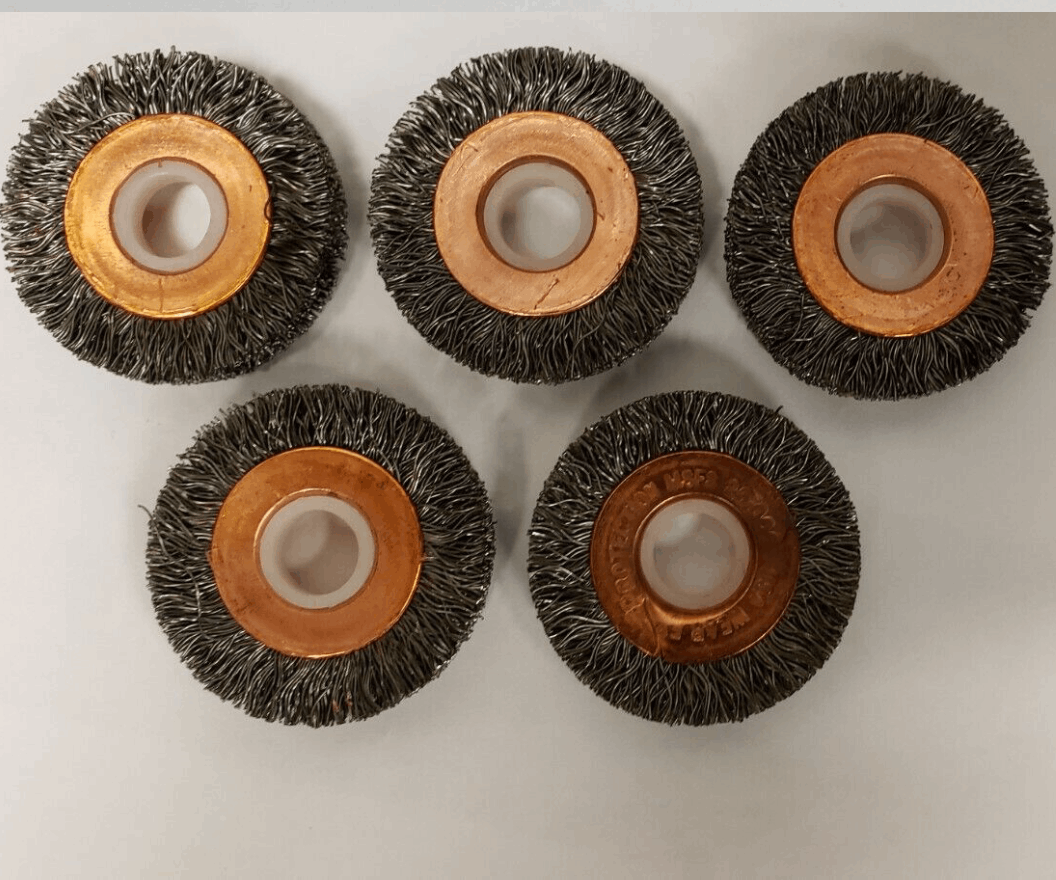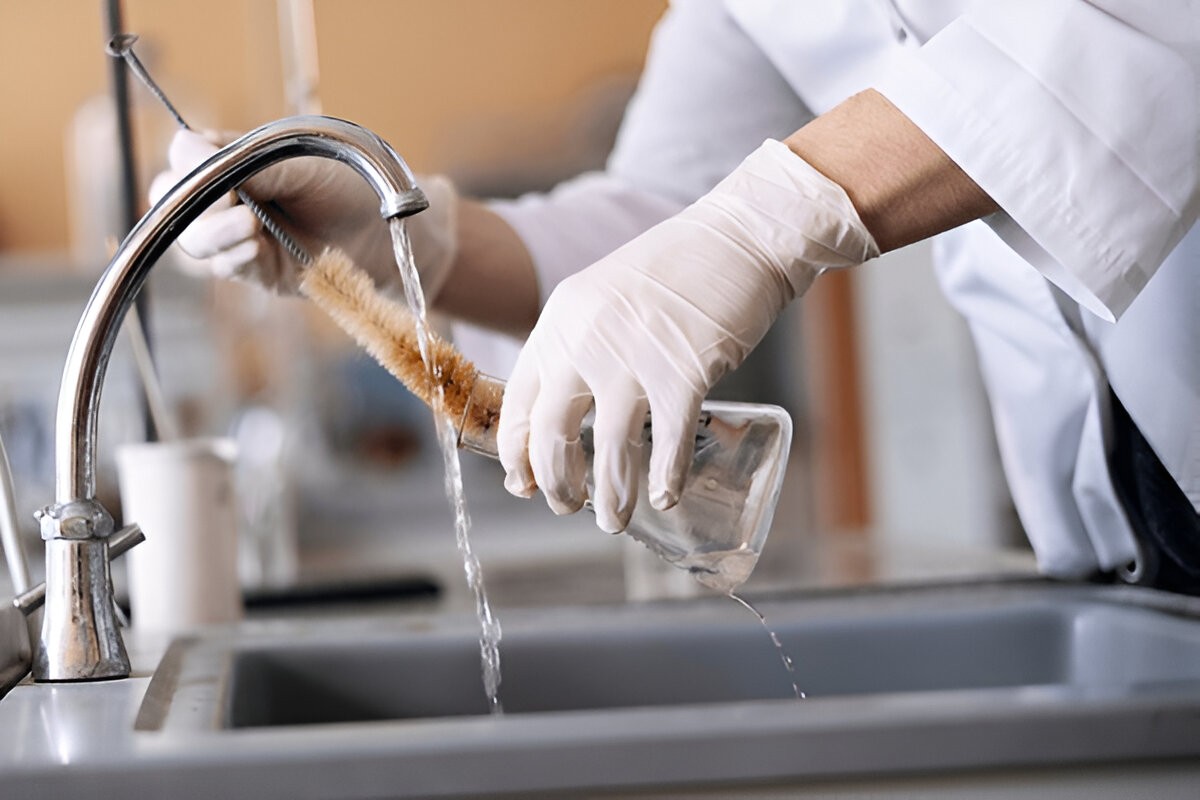Why You Shouldn’t Use Dish Sponges on Narrow Bottles?

We’ve all done it. Tried to shove a regular sponge down a narrow-neck bottle, swirled it around with a spoon handle, and hoped for the best. But when it comes to cleaning milk bottles, water bottles, or baby feeders—this “sponge-on-a-stick” method doesn’t really cut it.
Why? Because sponges can’t reach tight corners or scrub the base properly. Worse, they can trap bacteria, especially when used in damp, closed spaces like bottles. Over time, that funky smell? That’s trapped food particles and hidden grime. You’re not cleaning—you’re swirling germs.
A brush for milk bottles is shaped to reach every curve, clean thoroughly, and dry quickly. It’s a smarter, safer solution that your bottles (and your nose) will thank you for.
The Problem With Sponges
A dish sponge is made for wide, open surfaces like plates or frying pans. When you squeeze one into a narrow bottle, it can’t scrub the corners, the base, or the neck evenly. Even worse, it traps moisture and can harbor bacteria inside the bottle if not rinsed thoroughly. That’s especially risky when cleaning containers used for milk or formula.
A study by NSF International found that kitchen sponges ranked among the dirtiest items in your home—yes, dirtier than toilet handles. Using that same sponge on baby bottles? Not the best idea.
What Happens Inside a Narrow Bottle
Most people don’t realize how much residue milk leaves behind. Over time, it clings to the inside wall of bottles and can sour even with a quick rinse. And when a sponge can’t reach those tricky spots? You’re just pushing germs around.
That’s where the right brush for milk bottles makes all the difference.
5 Reasons to Ditch the Sponge for Good
- Better Reach
Bottle brushes are built with length. You won’t be wrestling with a fork and sponge combo just to reach the bottom.
- No More Hidden Smells
Milk smells can linger, especially in plastic. A proper bottle brush can scrub those spots you didn’t even know were dirty.
- Less Bacteria Buildup
Sponges stay wet. Brushes dry fast. That means fewer germs sitting around waiting to grow.
- No More Bottle Scratches
Using forks or rough sponges to push inside bottles can scratch them, especially plastic ones. Bottle brushes are gentle but effective.
- Saves Time and Effort
In just a few swirls, the bottle brush gets the job done—no juggling utensils or trying weird cleaning hacks.
Not Just for Milk
Don’t let the name fool you. A brush for milk bottles works great for protein shakers, smoothie jars, insulated flasks, and narrow vases too. If it’s got a long neck and a tight base, the right brush makes all the difference.
Plus, a good bottle brush helps remove sticky residues from fruit juices or baby formulas without using harsh chemicals. A little warm water, some soap, and a few seconds of scrubbing—and you’re done.
Final Tip: Rotate Brushes
Just like your toothbrush, bottle brushes don’t last forever. If the bristles are bent or frayed, it’s time to replace it. Keep a couple on hand so you’re never left poking bottles with random kitchen tools again.
Clean Bottles the Smart Way
Ditch the sponge and make bottle cleaning effortless with Hight Brush. Their bottle brushes aren’t just tools—they’re time-savers designed for real-life messes.
With bristles that bend but don’t break, and handles long enough to reach tricky corners, Hight Brush makes cleaning narrow bottles feel like a breeze.
No more guessing if the base is clean. No more soaking your hands. Just a simple swipe and rinse, and you’re done. From baby bottles to blender jars, their brushes tackle it all—gently, quickly, and effectively.
Give your bottles the clean they deserve and keep your kitchen fresher with brushes that actually do the job right.


